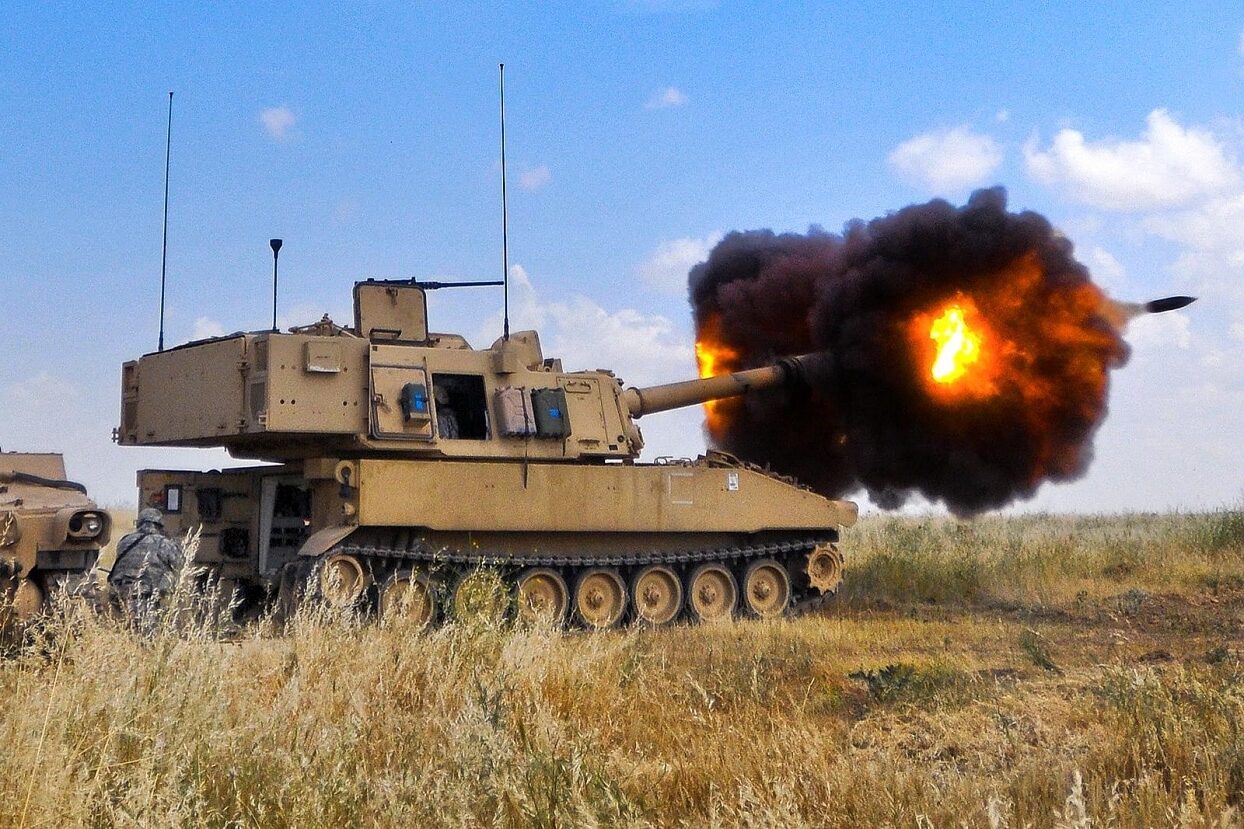The war in Ukraine has shown that artillery remains the king of the battle. Both sides in the conflict rely heavily on long-range fire to inflict casualties and deny territory to the enemy. The M777 155mm howitzer has bolstered the long-range fire capabilities of the Ukrainian military. But for many, it is the formidable M109 Paladin self-propelled howitzer that the Ukrainian military needs the most.
Introducing the M109 Paladin
Built by BAE Systems, the M109 Paladin weighs 27.5 tons and measures 30 feet in length. It has a crew of four, including a commander, driver, gunner, and ammunition handler and loader. The M109 Paladin is the A6 version of this self-propelled howitzer. The U.S. military operates more than 900 howitzers of this type.
The M109 Paladin is armed with the M284 155mm Howitzer. An M2 Browning .50 caliber heavy machine gun sits on the top of the vehicle. The M126 gun uses an M127 mounted with a fume extractor and a large muzzle brake to reduce recoil. A hydraulic system allows the crew to elevate the gun or traverse the turret, but there are also manual controls for emergency use.
The M109 Paladin has a maximum rate of fire of eight rounds per minute, and a sustained rate of one round every three minutes. The self-propelled howitzer can fire its munitions approximately 15 miles away using unassisted rounds, and approximately 19 miles using assisted rounds.
Some M109 Paladin howitzers are able to fire the M982 Excalibur extended-range precision-guided munition that has a range of about 25 miles. The vehicle can pack a maximum of 93 rounds, but it usually carries about 40.
The self-propelled howitzer can fire a round within a minute after stopping into a firing position, making it a great platform for so-called shoot-and-scoot tactics. This protects it against counter-battery fire, thus increasing its survivability on the battlefield.
The M109 Paladin is protected by Kevlar and anti-spall lining in the turret. Its main body armor protects the self-propelled howitzer from small arms fire such as rifles and machine guns, as well as artillery shell splinters if the vehicle receives counter-artillery fire.
The vehicle is powered by a two-cycle diesel DDEC 8V71T engine that can produce 440 horsepower and uses an Allison Transmission XTG-411-4A cross-drive transmission with four forward and two reverse gears. It can reach speeds of up to 40 miles per hour and has an effective range of 214 miles.
M109 Paladin Howitzers for Ukraine
With the second phase of the war, the needs of the Ukrainian military are growing and getting more complex. Before, Ukrainian forces were defending against Russian advances and relied heavily on anti-tank weapons to stop Russian mechanized columns. Now they are conducting counterattacks and have to deal with masses of Russian artillery fire.
The Ukrainian military has asked for and received artillery pieces from the U.S. and NATO. The Pentagon is sending 90 M777 155mm Howitzers to Ukraine, while Canada and Australia are sending additional howitzers of the same type. Moreover, the United Kingdom is sending 12 AS-90 155mm armored self-propelled artillery pieces, France is contributing 12 CAESAR 155mm trucked self-propelled howitzers, and the Netherlands, Belgium, and Italy have agreed to send their Panzerhaubitze 2000 SP 155mm self-propelled howitzers – or M109 Paladins, when the countries have them.
The U.S. military is the largest user of the M109 Paladin. So it is natural to wonder whether the Pentagon will be adding the self-propelled howitzer in any future shipments of military aid to Ukraine.
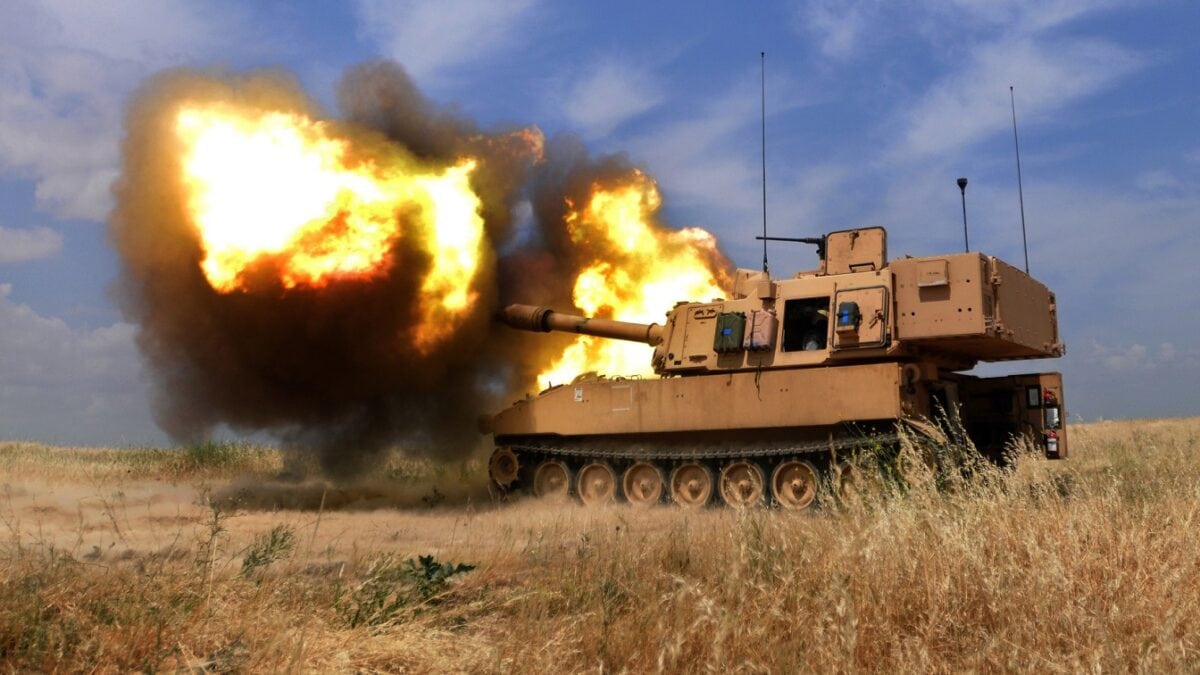
Blasting a 155mm Howitzer round during a gun calibration exercise at Destiny Range, Soldiers from 1-9 Field Artillery make the earth tremble as they fire over 30 rounds from an M109A6 Paladin, 2nd Heavy Brigade Combat Team, 3rd Infantry Division, Mosul, Iraq, April 23.
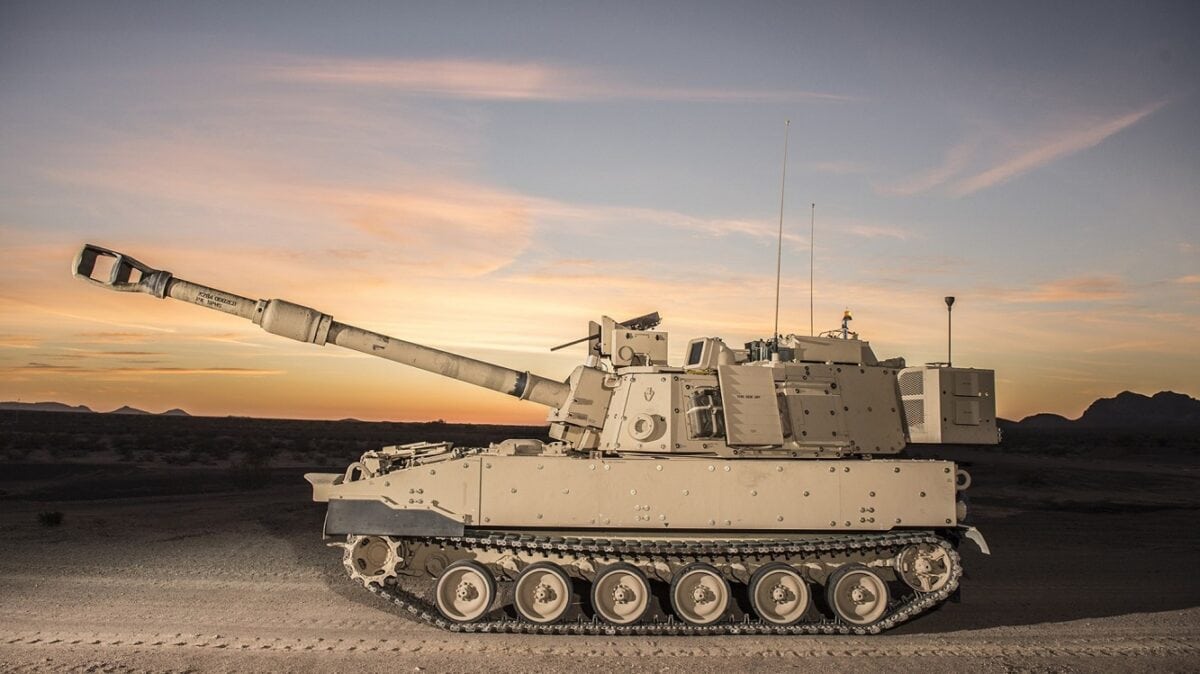
M109A7 Paladin. Image Credit: Creative Commons.
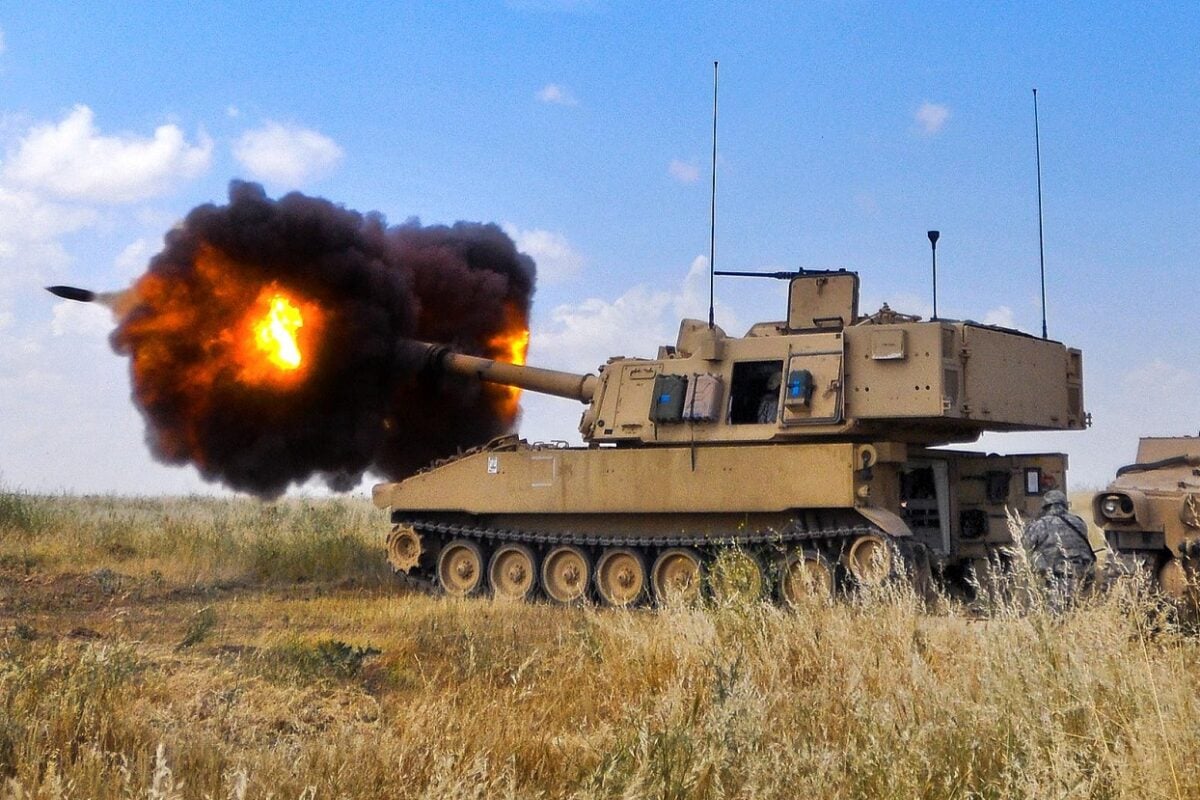
One really big gun: The earth shakes as an M109A6 Paladin fires a gas propelled 155mm Howitzer round through the enormous canon, the biggest of Battle Kings arsenal as 1-9 Field Artillery, 2nd Heavy Brigade Combat Team, 3rd Infantry Division, conducts their gun calibration at Destiny Range in Mosul, Iraq, Apr. 23.
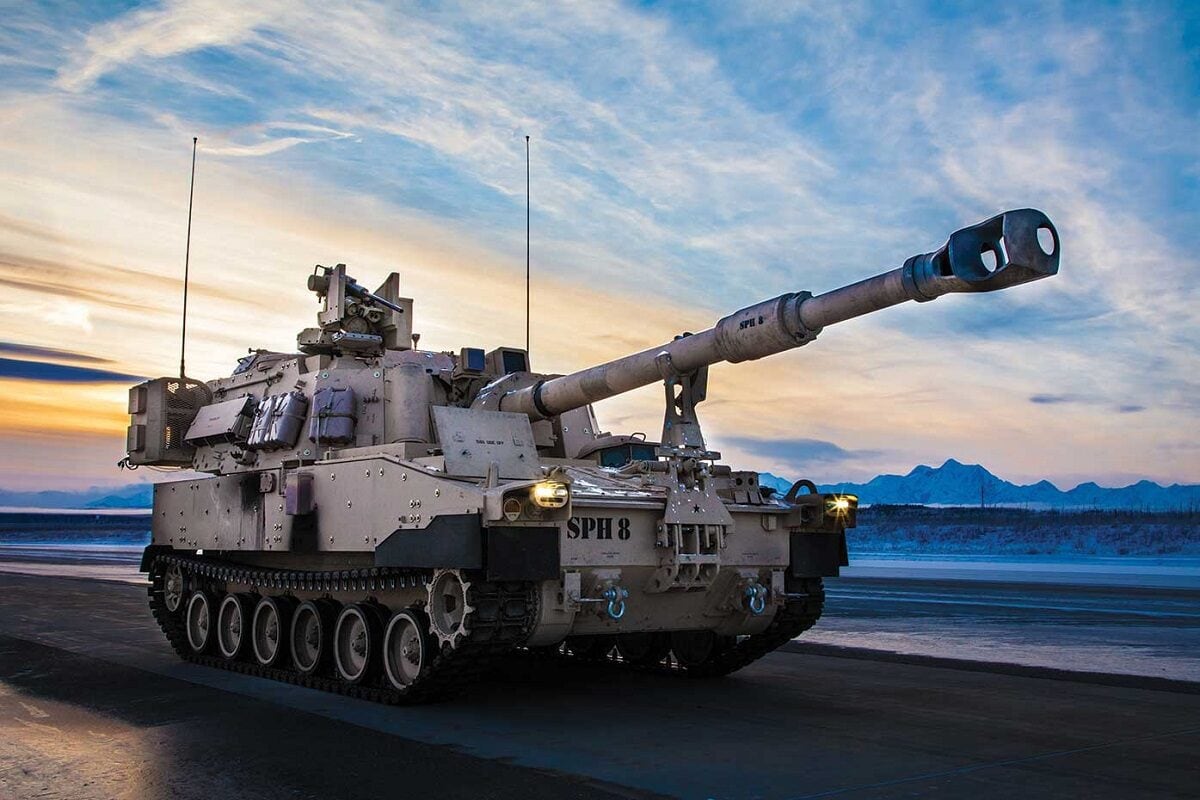
Image Credit: U.S. Army.
“[We are] talking to the Ukrainians at the senior levels all the way down to the staff level about what they need and what we can provide them,” Pentagon Press Secretary John F. Kirby said during a press briefing on Monday.
Kirby had been asked why the U.S. isn’t sending any M109 Paladin howitzers to Ukraine.
“And it’s not just the United States. . . other nations are providing systems as well. So, I’m not going to get inside the conversations we’re having with the Ukrainians privately about their needs. But I think the proof is in what we’re announcing every day about how seriously we’re taking their requirements,” the Pentagon press secretary added.
Another senior U.S. official added that the Pentagon talks constantly with the Ukrainian military about its needs. He recognized that long-range fires are probably the most important weapon system in the war right now, suggesting that the U.S. military might be sending additional artillery pieces to Ukraine should the need or want arise.
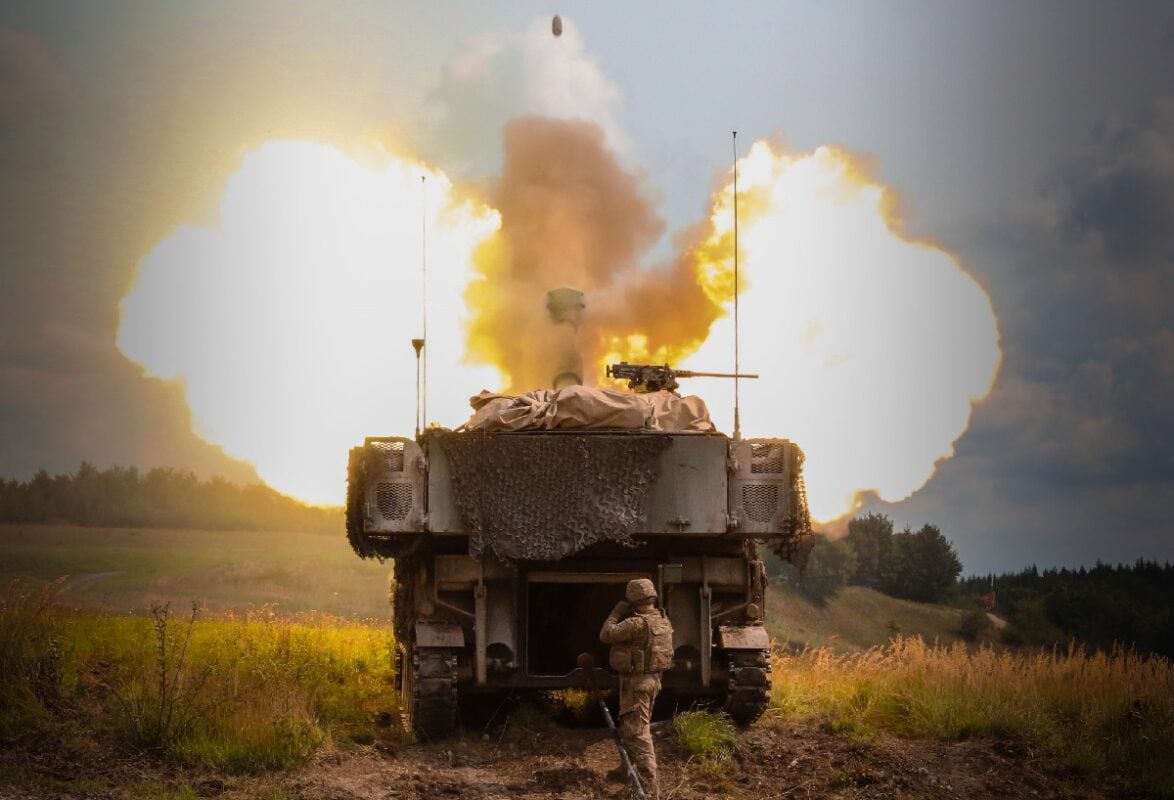
Image: DOD Flickr.
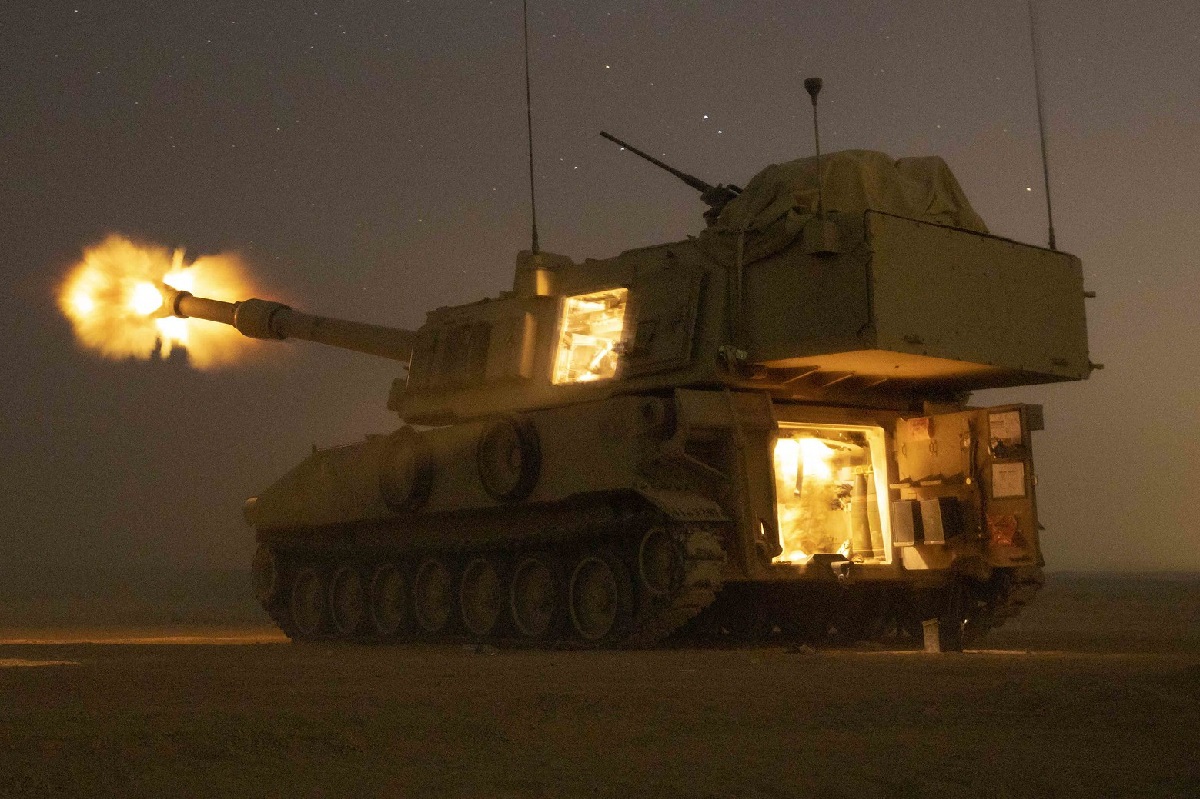
U.S. Army Soldiers assigned to Alpha Battery, 3rd Battalion, 29th Field Artillery Regiment, 4th Infantry Division, fire a M109A6 Paladin in support of the joint training exercise Eager Lion ’19 at Training Area 1, Jordan, Aug. 27, 2019. Eager Lion is an annual, multinational training event in its ninth iteration which enables partnered nations to strengthen military relationships and exchange expertise. (U.S. Army photo by Spc. Angel Ruszkiewicz)
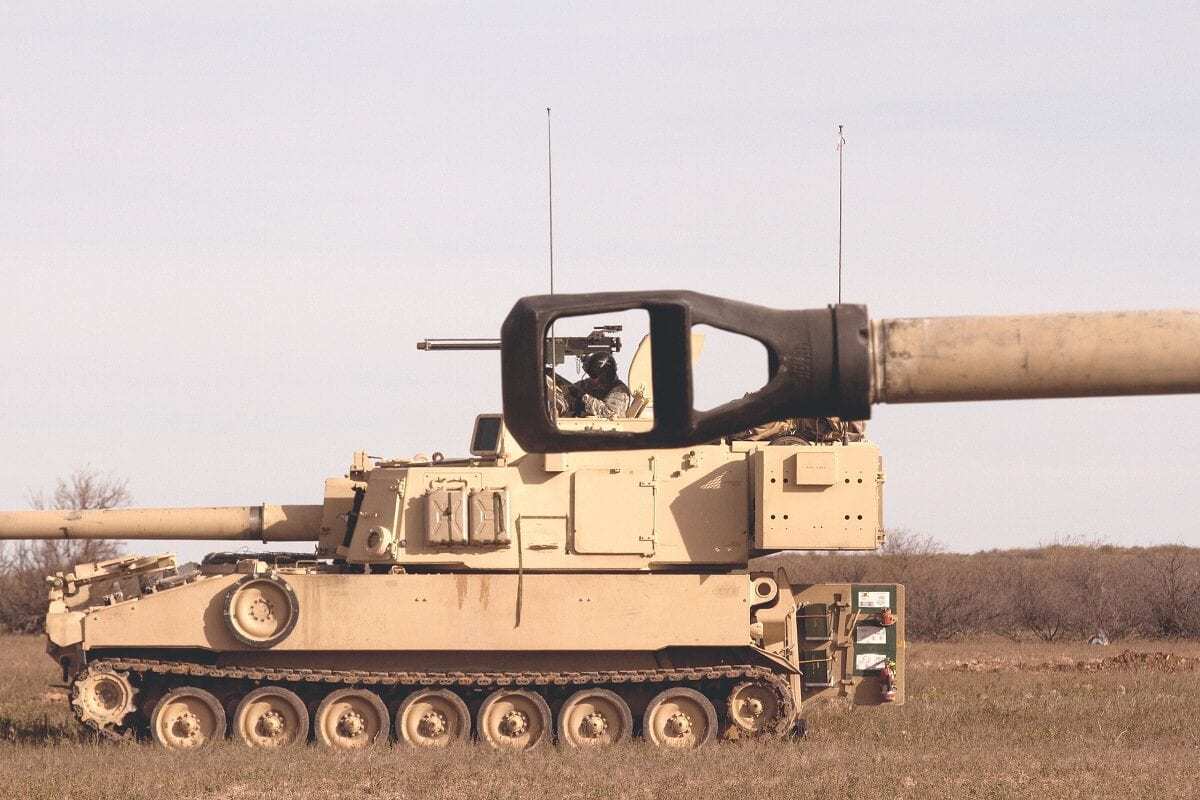
U.S. Army Sgt. Manuel Sarabia, a native of San Diego, assigned to A Battery, 4th Battalion, 27th Field Artillery, Division Artillery (DIVARTY), 1st Armored Division as a crew chief in a M109-A6 Paladin Self-Propelled Howitzer, listens to firing commands over the radio during the first day of DART (Division Artillery Readiness Test) at Dona Ana firing range just outside Fort Bliss, Texas, Dec. 7, 2015. DART is a new, three-day exercise that will determine the readiness of DIVARTY FA units through live-fire exercises, react to contact, improvised explosive device (IED) defense and casualty and vehicle evacuation. (U.S. Army Photo by Sgt. James Avery, 16th Mobile Public Affairs Detachment)
1945’s New Defense and National Security Columnist, Stavros Atlamazoglou is a seasoned defense journalist specializing in special operations, a Hellenic Army veteran (national service with the 575th Marine Battalion and Army HQ), and a Johns Hopkins University graduate. His work has been featured in Business Insider, Sandboxx, and SOFREP.

